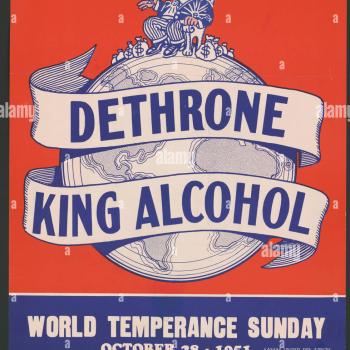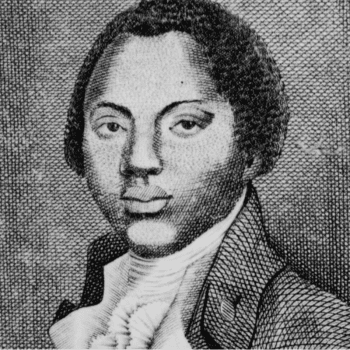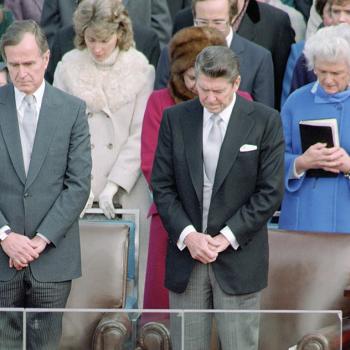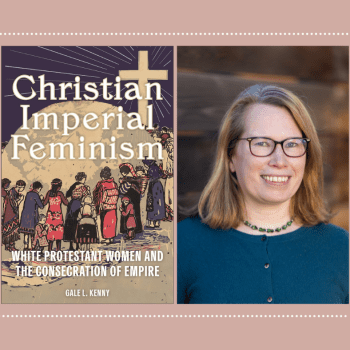The Joseph Smith Papers Project website (josephsmithpapers.org) is one of the very best electronic resources pertaining to the history of religion in the United States.
It is a companion to the printed volumes of the Joseph Smith Papers, which have set an outrageously high standard for documentary editions because of their clarity of transcription, extensive annotations, and other forms of scholarly apparatus.
I like the published volumes, but I love the website, which will eventually contain all of the material in the print editions and more.
First, a sample of the content:
– The Nauvoo Relief Society Minute Book. For those unfamiliar, the Relief Society was a fellowship / organization of Latter-day Saint women organized by Joseph Smith and with Emma Smith as its first president.
– Five different accounts of Joseph Smith’s 7 April 1844 sermon occasioned by the death of King Follett, a key sermon for the Latter-day Saint understanding of the eternity of matter, the exaltation of human beings, and the similarity between God the Father, Jesus Christ, and men.
– The materials related to the Egyptian papyri and the Book of Abraham, which expands on Abraham’s visit to Egypt and discusses the creation of the world, the premortal existence of human beings, etc.
What I love about the website is the ability to have a high-resolution look at the documents themselves. The document viewer (recently udpated) is fantastic. It’s the next best alternative to traveling to the Church History Library in Salt Lake City, because it helps readers partly transcend the normal chasm between themselves and the documents they are reading. The ability to search within and among documents is also rather priceless.
The Joseph Smith Papers project, in print and on the web, will become the preeminent resource for the study of early Latter-day Saint history for the foreseeable future. If you teach a course on American religion that includes Mormonism, it’s a wonderful tool for students seeking a way to engage primary sources. For history nerds like myself, it’s sheer fun.
















